The Automotive Active Roll Control System (ARC) Market is currently characterized by a dynamic competitive landscape, driven by technological advancements and increasing consumer demand for enhanced vehicle stability and safety. Key players such as Bosch (DE), Continental (DE), and ZF Friedrichshafen (DE) are at the forefront, focusing on innovation and strategic partnerships to solidify their market positions. Bosch (DE) emphasizes its commitment to developing cutting-edge ARC technologies, while Continental (DE) is actively pursuing collaborations with automotive manufacturers to integrate its systems into a broader range of vehicles. ZF Friedrichshafen (DE) is also enhancing its portfolio through targeted acquisitions, thereby expanding its capabilities in the ARC domain. Collectively, these strategies foster a competitive environment that prioritizes technological superiority and collaborative growth.
In terms of business tactics, companies are increasingly localizing manufacturing to reduce costs and enhance supply chain efficiency. This approach is particularly relevant in the context of the global automotive supply chain, which has faced disruptions in recent years. The market structure appears moderately fragmented, with several key players exerting influence while also facing competition from emerging firms. The collective actions of these established companies shape a landscape where innovation and operational efficiency are paramount.
In August 2025, Bosch (DE) announced the launch of its latest ARC system, which integrates advanced sensor technology to improve vehicle handling and safety. This strategic move not only reinforces Bosch's position as a leader in automotive technology but also highlights its commitment to enhancing driver experience through innovative solutions. The introduction of this system is likely to set new benchmarks in the industry, compelling competitors to accelerate their own development efforts.
Similarly, in July 2025, Continental (DE) entered into a partnership with a leading electric vehicle manufacturer to co-develop an ARC system tailored for electric vehicles. This collaboration signifies Continental's strategic pivot towards the growing EV market, aligning its product offerings with the evolving demands of consumers. By focusing on electric vehicles, Continental positions itself to capture a significant share of the burgeoning market, which is expected to expand rapidly in the coming years.
In September 2025, ZF Friedrichshafen (DE) completed the acquisition of a technology startup specializing in AI-driven vehicle dynamics control. This acquisition is indicative of ZF's strategy to integrate artificial intelligence into its ARC systems, enhancing their responsiveness and adaptability. The incorporation of AI technology is likely to provide ZF with a competitive edge, as it aligns with the industry's shift towards smarter, more autonomous driving solutions.
As of October 2025, the competitive trends in the Automotive Active Roll Control System Market are increasingly defined by digitalization, sustainability, and the integration of artificial intelligence. Strategic alliances are becoming more prevalent, as companies recognize the need to pool resources and expertise to stay ahead in a rapidly evolving market. Looking forward, competitive differentiation is expected to shift from traditional price-based competition to a focus on innovation, technological advancement, and supply chain reliability. This evolution underscores the importance of agility and responsiveness in meeting the demands of a changing automotive landscape.


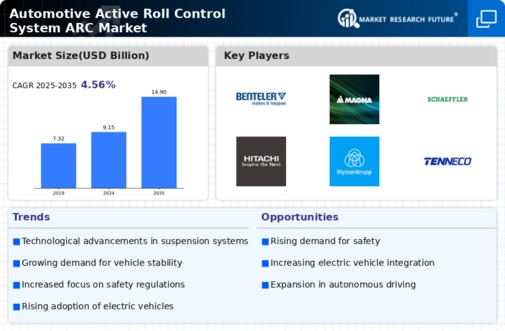
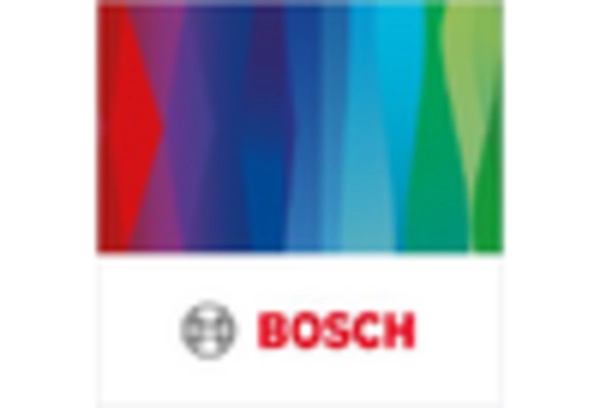

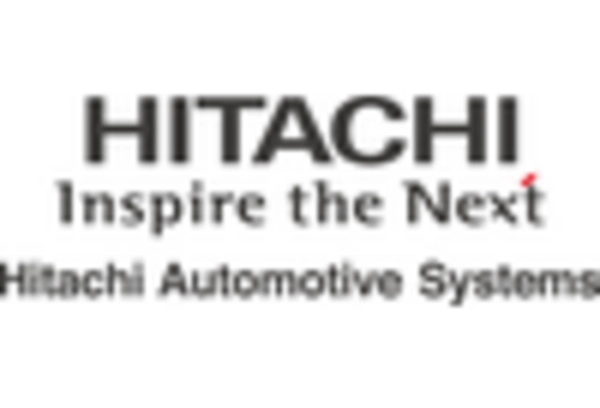
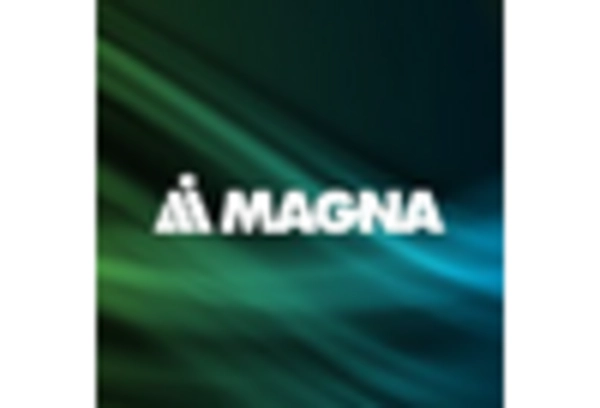
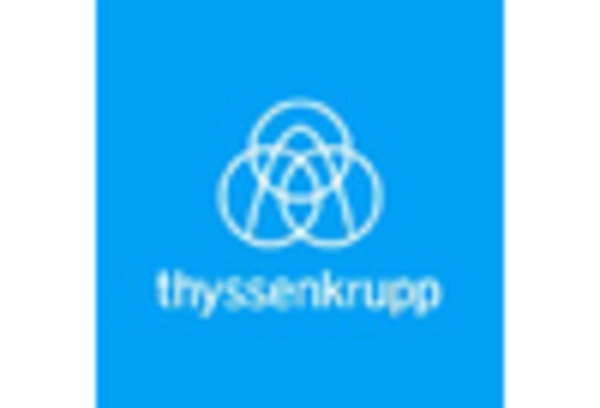
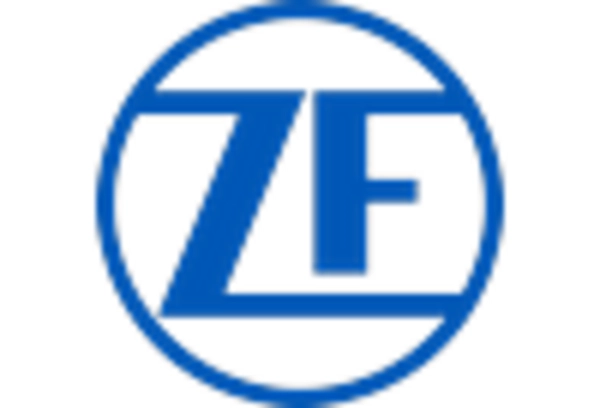








Leave a Comment